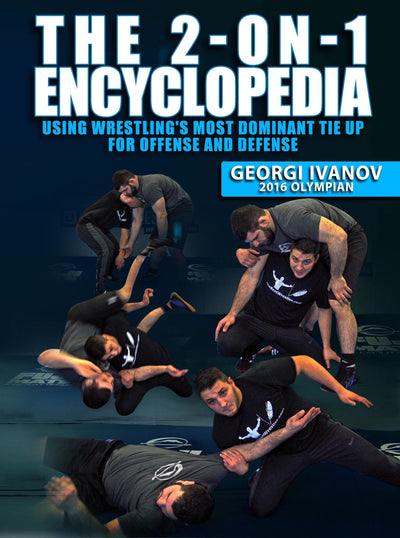The Crucial Role of Muscles in Wrestling
In the realm of wrestling, the significance of muscles cannot be overstated. Wrestling demands not only technical finesse but also robust physical strength and endurance. Understanding the muscles involved, methods to develop strength specific to wrestling, and the importance of muscular development elucidates the vital role muscles play in shaping a wrestler's performance.
Learn the best wrestling techniques at FanaticWrestling.com!
In wrestling, regardless of the style—be it freestyle, Greco-Roman, folkstyle, or professional wrestling—muscles serve as the foundational pillars for performance and technique. Different wrestling styles may emphasize particular muscle groups due to their distinctive rules and techniques. The repechage system in wrestling, providing a second chance to wrestlers who've faced defeat, underscores the importance of muscular endurance and strength in sustaining through additional matches. Muscles, especially those supporting the knee joint, play a pivotal role in ACL injury prevention, highlighting the need for robust conditioning and stability. The integration of Brazilian Jiu-Jitsu (BJJ) techniques into wrestling training not only engages various muscle groups but also broadens a wrestler's skill set, aiding in ground control, transitions, and submission defense. Overall, muscles in wrestling act as a cornerstone, influencing a wrestler's adaptability, injury resilience, and technical superiority and prowess across different styles while serving as a key component for optimal performance and injury prevention.
What Muscles Does Wrestling Develop?
Wrestling engages a multitude of muscles across the body. It places substantial emphasis on the core muscles, including the abdominals, obliques, and lower back, essential for stability, balance, and executing powerful movements. Additionally, the legs, comprising the quadriceps, hamstrings, and calves, are heavily involved in explosive actions such as shooting for takedowns and maintaining a strong base. Upper body strength, involving the shoulders, chest, back, and arms, is crucial for controlling opponents, executing holds, and leveraging techniques during matches.
How to Build Muscle for Wrestling
Developing muscle strength and endurance for wrestling involves a multifaceted approach. Emphasizing compound exercises like squats, deadlifts, bench presses, and pull-ups aids in overall strength development. Wrestling-specific exercises such as sprawls, shots, and bridging drills hone functional strength and mimic movements essential on the mat. Implementing plyometric exercises, agility drills, and circuit training enhances explosiveness, speed, and muscular endurance—vital attributes for wrestling.
Are Muscles Important for Wrestling?
Muscles serve as the foundation for a wrestler's physical prowess, offering stability, power, and endurance necessary for executing techniques and maintaining control during matches. Enhanced muscle strength not only allows wrestlers to overpower opponents but also contributes to injury prevention and resilience on the mat. Muscular development facilitates better movement mechanics, agility, and explosiveness, enabling wrestlers to execute takedowns, escapes, and transitions effectively.
Learn the best wrestling techniques at FanaticWrestling.com!
In wrestling, muscular strength, endurance, and agility are indispensable components for success. Building a well-rounded physique, focusing on core strength, lower and upper body development, and functional movements, is vital for wrestlers to excel. Muscles act as a catalyst, supporting a wrestler's technical skill set, agility, and overall performance, making muscular development an integral aspect of a wrestler's training regimen. Emphasizing a holistic approach to muscle development not only enhances a wrestler's physical capabilities but also fortifies their resilience and competitive edge on the mat.
Did you find the blog helpful? If so, consider checking out other guides:
- The Role and Impact of Heels in Wrestling
- Decoding "Over" in Wrestling
- Wrestling Workouts for Speed
- Mastering Wrestling from a Seated Position
- Explosive Workouts for Wrestling
- A Professional Wrestler's Workout and Instructional Guide
- In-Season Wrestling Workouts
- Pre-Season Wrestling Workouts
- Muscle Wrestling
- Bodyweight Wrestling Workouts
- Unlocking the Wrestling Body
- The Path to Pro Wrestling Shape
- Arm Wrestler Workouts for Maximum Strength
- The Power of Resistance Band Workouts
- Tracing the Global Roots of Wrestling Through History











